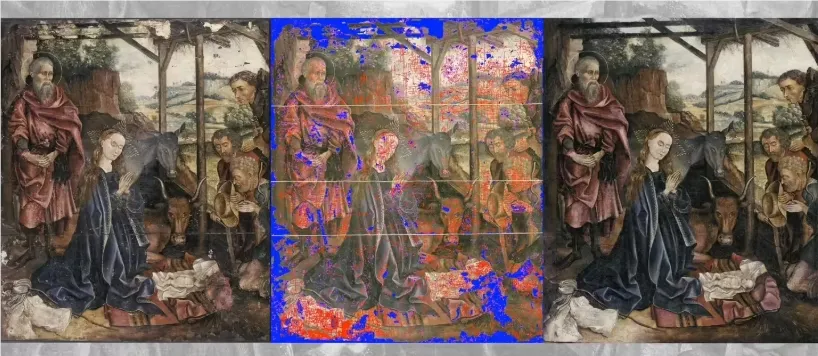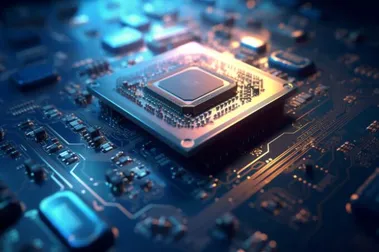MIT (Massachusetts Institute of Technology) has recently developed an innovative artificial intelligence restoration technology that makes the restoration of artworks more efficient and precise. The uniqueness of this technology lies in its use of a detachable mask to achieve reversible restoration for oil paintings, greatly reducing the time and cost required for traditional restoration.

The inspiration for this technology came from Alex Kachkine, a mechanical engineering graduate student who is passionate about restoring paintings with traditional hand-painting methods. However, he noticed that many art pieces in galleries could not be restored due to high costs and long durations. Therefore, he decided to find a more efficient solution. With this new method, restoration work that previously took weeks, months, or even years can now be completed in just a few hours.
During the development process, Kachkine chose a severely damaged 15th-century oil painting as the experimental subject. First, he removed the excess paint from previous restorations. Then, he performed high-resolution scans on the painting. Next, using AI algorithms, he analyzed the image to generate a digital model that closely resembled the original appearance. Subsequently, he created a "damage map" marking the locations where pigments had flaked off, cracked, or faded, and provided color information for the areas needing touch-ups.
Using a high-precision inkjet printer, the damage map was transformed into a two-layer mask printed on an ultra-thin transparent polymer film. One layer is responsible for precise coloring, while the other serves as a white base to enhance color saturation. Kachkine stated that complete color restoration requires simultaneously printing both white and colored inks. Finally, the mask was precisely aligned with the canvas and fixed with a thin layer of clear varnish.
Notably, both the mask and varnish can be safely removed without causing any damage to the original artwork. At the same time, this digital map will serve as a permanent record for future restoration work. In this experiment, Kachkine used 57,314 colors to repair 5,612 damages, completing the task in three and a half hours. If traditional manual methods were used, the restoration would take 66 times longer.
Kachkine hopes that this technology will help more buried artworks see the light of day and shine once again.
Key Points:
🎨 MIT develops a new technology using AI to restore famous paintings in just three and a half hours.
⏳ This technology reduces restoration time from months to hours, significantly improving efficiency.
🖼️ The use of detachable masks and digital maps ensures a safe and reversible restoration process, protecting the original artwork.



